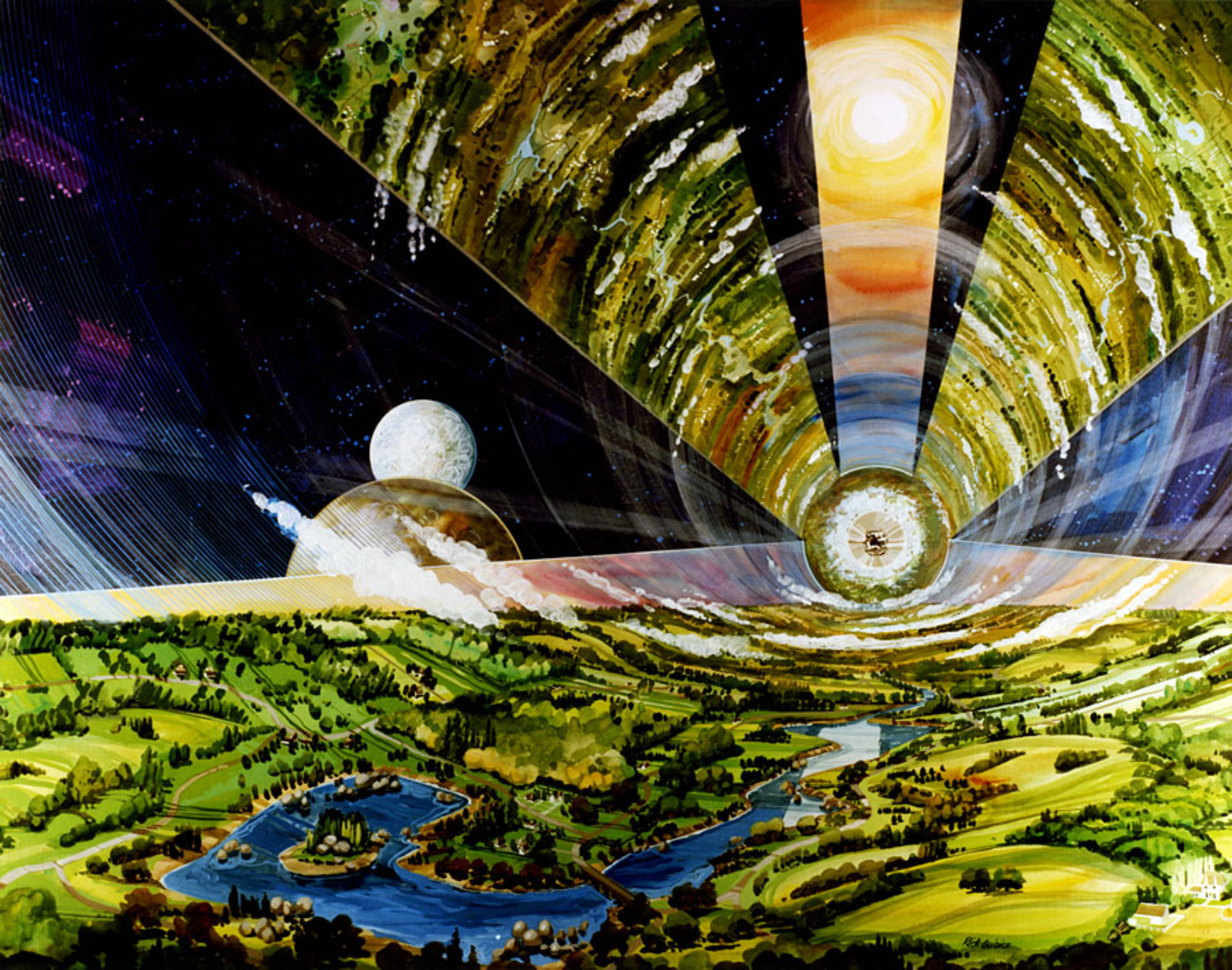Rainer Rolffs’ paper in the NSS Space Settlement Journal which develops a physical model to compute the structural mass for rotating space habitats of various sizes and shapes based on previous work on energy flows.
My presentation at the International Space Development Conference in May of 2024 on the impact of the Gravity Prescription on the future of space settlement.
JAXA finally released the results of their 2019 study on mice subjected to 1/6 G partial gravity in a paper in Nature in April 2023. The good news is that 1/6 G partial gravity prevents muscle atrophy in mice. The downside is that this level of artificial gravity cannot prevent changes in muscle fiber (myofiber) and gene modification induced by microgravity. There appears to be a threshold between 1/6G and Earth-normal gravity, yet to be determined, for skeletal muscle adaptation.
Study conducted by 100 Year Starship®, founded and led by former astronaut Dr. Mae Jemison, and University of California, Irvine and professor Ronke Olabisi, Ph.D. The team collaborated on the study entitled “Challenges and Benefits to Human Operations in Variable & Partial Gravity Earth Orbiting Habitats“
Kasper Kubica’s Platform 0 – A $16M Habitable Artificial Gravity Minimum Viable Product
More on a Moon-Mars dumbbell partial gravity facility in LEO from Joe Carroll in The Space Review: “To learn what real futures we have beyond Earth, many people must live in sustained partial gravity, to find its effects on our health and well being”
An Artificial-Gravity Space-Settlement Ground-Analogue Design Concept by Gregory A. Dorais at NASA Ames Research Center
A web page resource on books, chapters, papers, articles and presentations covering research on artificial gravity.
Joe Carroll’s presentation at StarShip Congress 2019 on a LEO partial gravity test facility
International roadmap for artificial gravity research – A 2017 paper summarizing the current and future research activities that will determine the requirements for implementing artificial gravity to mitigate the effects of long duration exposure to microgravity on board exploration class space vehicles (does not address mammalian reproduction).
